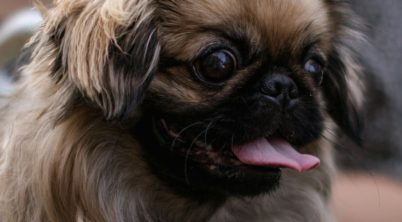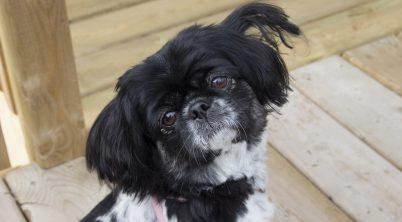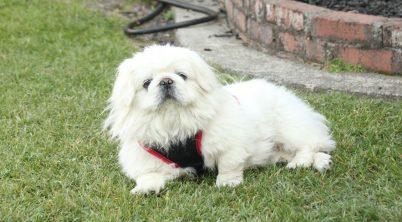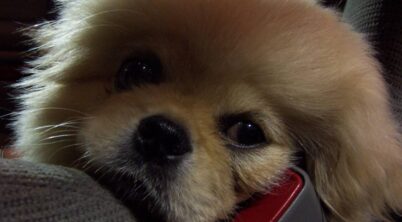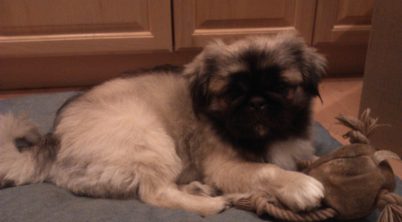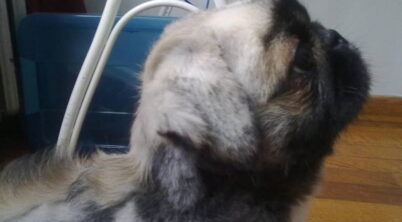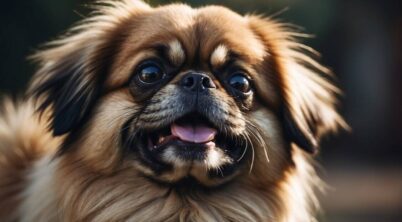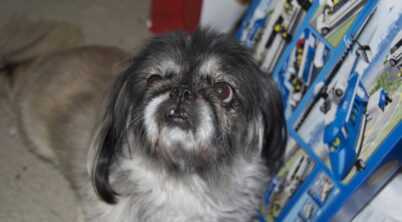The Pekingese, a toy dog breed with ancient Chinese origins, is often well-suited for apartment living. They possess a compact size and a generally calm temperament, making them a viable option for small space dwellers.
Space Considerations:
- Size: Pekingese are small-sized dogs, requiring minimal space for comfort.
- Exercise: Although they do need daily exercise, their requirements can typically be met with indoor play and short walks.
Temperament:
- Adaptability: Pekingese are known to adapt well to indoor living conditions.
- Independence: Naturally independent, they can tolerate being alone better than some other breeds, which is beneficial for apartment residents with work commitments.
Grooming:
- Coat: Their long coat does necessitate regular grooming to avoid matting and maintain overall health.
- Maintenance: Frequent brushing is essential, and a space should be designated in the apartment for grooming.
| Need | Consideration for Apartments |
|---|---|
| Exercise | Moderate; short walks and indoor play are sufficient. |
| Space | Minimal; they are small and adaptable to tight quarters. |
| Grooming | High; requires regular brushing and space for grooming supplies. |
| Temperament | Calm; typically serene and manage well in small living spaces. |
Owners should ensure that their Pekingese gets the appropriate amount of exercise and mental stimulation. Although they may be less active, they should not be sedentary. Apartments with comfortable living conditions and owners who can cater to their grooming and moderate exercise needs offer a good home for a Pekingese.
Table of Contents
Breed Characteristics and Apartment Suitability
The Pekingese is a toy breed cherished for its adaptability to small living spaces and its noble temperament. This section outlines how the Pekingese breed’s unique characteristics make it suitable for apartment living.
Space Considerations and Size
The Pekingese is a compact dog, ideal for the limited space of an apartment. Standing at about 6-9 inches tall and weighing 7-14 pounds, they require minimal space.
Temperament and Social Traits
These dogs are known to be affectionate, loyal, and independent, with a mixture of friendly and aloof behavior. The Pekingese’s dignified and sometimes regal manner reflects its history as a companion to Chinese royalty.
Exercise and Activity Levels
Despite their small size, Pekingese are moderately active. They benefit from short walks and indoor playing to meet their exercise needs.
Adaptability and Training
Pekingese possess high intelligence but can display stubbornness, making them somewhat difficult to train. They respond best to positive reinforcement and consistent obedience training.
Compatibility with Children and Pets
They generally get along well with other pets and can be good companions for children who respect their space. Their independent nature makes them less likely to seek constant attention.
Barking and Watchdog Capabilities
A Pekingese can be quite vocal and make excellent watchdogs due to their alert nature. Proper training can mitigate excessive barking.
Appearance and Grooming
This breed sports a thick double coat with a lion-like mane. Regular brushing is required to manage shedding. Grooming includes fur and nail care to maintain their distinctive appearance.
Health and Care
Pekingese have some breed-specific health issues such as brachycephalic syndrome and skin allergies. Dental care, a balanced diet, and preventing weight gain are crucial for their well-being. Their energy level and size determine their exercise needs.
Interaction and Socialization
The Pekingese breed, revered for its loyalty and affectionate nature, thrives on companionship and requires regular interaction to foster social skills and prevent separation anxiety. Proper socialization strategies are critical for their well-being in an apartment setting.
Building a Bond Through Affection
Affection plays a pivotal role in the life of a Pekingese. These dogs are known to form strong bonds with their caretakers and seek regular interactions that secure mutual companionship. It is important for owners to provide daily affection, which reinforces the dog’s trust and helps build a lasting, loyal relationship.
Socialization with Humans and Animals
Despite their small stature, Pekingese need to have structured socialization with people and other animals to remain sociable and friendly. Early and continuous exposure to varied environments, different people, and other pets is crucial. Engaging in puppy socialization classes can ensure a Pekingese grows up to be a well-adjusted member of the community.
- Environments: Indoors, outdoors, varied crowds
- People: All ages and types
- Pets: Diverse species and sizes
Addressing Separation Anxiety
Separation anxiety can be a concern for apartment-dwelling Pekingese, who may become distressed when left alone due to their strong attachment to their owners. To mitigate this, owners should:
- Establish a routine that includes periods of alone time.
- Utilize enrichment toys to keep their Pekingese engaged when alone.
- Practice leaving and returning in a calm, nonchalant manner to reduce stress.
Living with a Pekingese
Living with a Pekingese offers a harmonious blend of companionship and adaptability, suitable for the cozy confines of an apartment setting. Their daily routine and attentive grooming needs align well with a lifestyle in smaller living spaces when provided with consistent care.
Daily Routine and Lifestyle
Pekingese dogs thrive on a steady routine that includes ample time for rest, as well as regular exercise to manage their moderate energy levels. They generally require about one hour of physical activity each day, which can be split into two shorter walks and time for play. Providing mental stimulation is also crucial, so interactive toys or activities that engage their intelligent minds are recommended.
Environmental Adaptations
These dogs adjust remarkably well to apartment living due to their small stature and adaptability. However, to maintain a comfortable environment, it is important to ensure their space remains cool, especially during warmer months, as the breed is prone to overheating. The Pekingese’s independent nature also means they are content with periods of solitude, provided their space has comfortable areas for rest.
Grooming and Health Maintenance
Grooming is a significant aspect of Pekingese care, with a long, luxurious coat that requires regular brushing to prevent matting and to maintain healthy skin. This breed is considered high-maintenance grooming-wise, necessitating a consistent schedule. Beyond grooming, paying attention to Pekingese health through regular vet check-ups is key to addressing any breed-specific issues early on.
Nutrition and Weight Management
When it comes to diet, the Pekingese should have a well-balanced nutrition plan to prevent obesity – a common concern for small breeds. Portion control and specific nutrient-rich foods can help manage weight gain. Regular monitoring and adjustments to the diet may be necessary to maintain optimal health and prevent weight-related issues.

